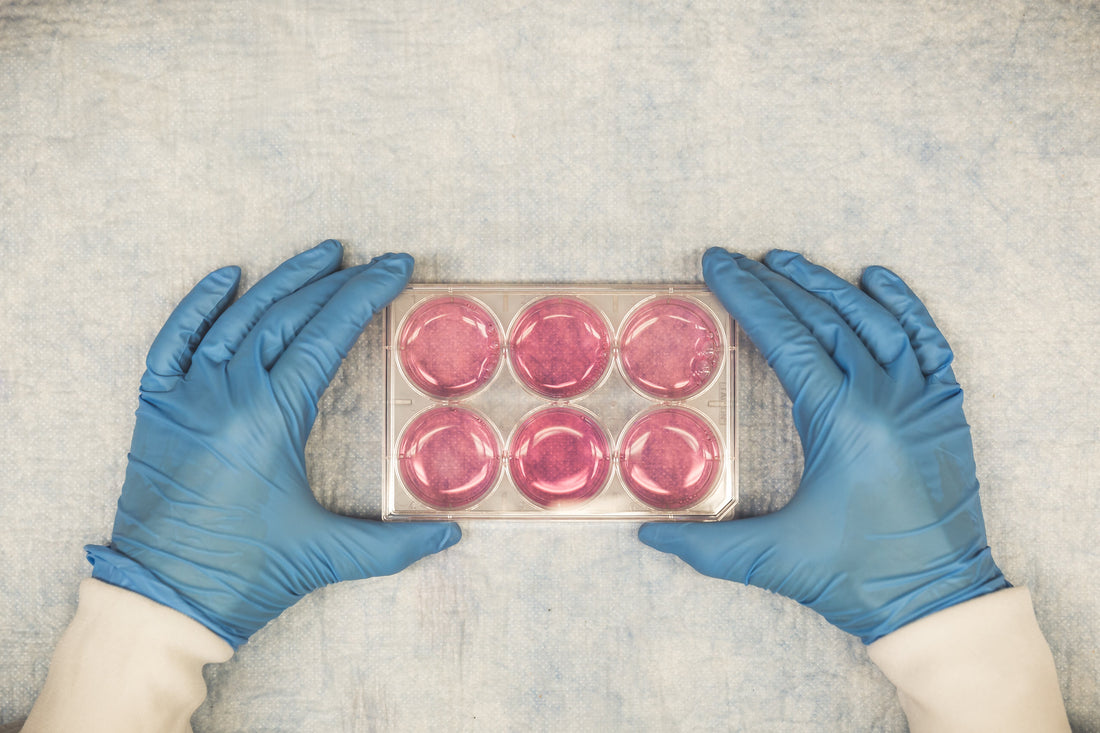
How to Overcome Nausea and Digestive Issues on GLP-1 Medications
GLP-1 receptor agonists like semaglutide and tirzepatide have become highly effective tools for weight management and type 2 diabetes care. However, one of the most common reasons people struggle to stay consistent with treatment is digestive discomfort—particularly nausea, bloating, constipation, and sometimes diarrhea.
The good news? These side effects are usually temporary and manageable with the right strategies. Here’s how to ease digestive issues and stay on track with your GLP-1 journey.
Why GLP-1s Cause Digestive Side Effects
GLP-1 medications slow down gastric emptying, meaning food stays in the stomach longer. While this helps control appetite and blood sugar, it can also lead to feelings of fullness, nausea, or indigestion. Appetite suppression itself may also contribute to smaller, less frequent meals, which can cause constipation in some people.
7 Strategies to Reduce Nausea and Digestive Discomfort
1. Eat Smaller, Slower Meals
Large portions are more likely to trigger nausea. Instead:
- Break meals into smaller, more frequent portions
- Eat slowly, chewing thoroughly
- Pause between bites to give your stomach time to adjust
2. Focus on Gentle, Balanced Foods
Certain foods are easier on the stomach, especially during the adjustment phase:
- Opt for lean proteins (chicken, fish, eggs, tofu)
- Include easily digestible carbs (rice, oatmeal, sweet potatoes)
- Avoid heavy, greasy, or fried meals that linger in the stomach
3. Stay Hydrated—But Time It Right
Dehydration can worsen nausea and constipation. However, drinking too much fluid with meals can make you feel overly full.
- Sip water steadily throughout the day
- Limit large drinks during meals
- Herbal teas like ginger or peppermint may help settle nausea
4. Manage Constipation with Fiber & Movement
Constipation is one of the most frequent side effects of GLP-1 medications.
- Gradually increase fiber intake (vegetables, berries, oats, flaxseed)
- Pair fiber with adequate water to prevent worsening symptoms
- Light activity such as walking can stimulate digestion
5. Avoid Trigger Foods & Habits
Some foods and behaviors make digestive issues worse:
- Greasy, spicy, or highly processed foods
- Alcohol and carbonated drinks
- Eating too quickly or lying down immediately after meals
6. Try Nausea-Soothing Strategies
Simple remedies can take the edge off:
- Ginger (tea, lozenges, or capsules)
- Peppermint oil or tea
- Small, bland snacks like crackers if nausea strikes between meals
7. Work with Your Healthcare Provider
If nausea or digestive discomfort is severe or persistent, your provider may:
- Adjust the dosage or timing of your GLP-1 medication
- Recommend anti-nausea medications
- Suggest dietary modifications or supplements tailored to your needs
The Bottom Line
Mild nausea and digestive changes are common when starting GLP-1 medications—but they don’t have to derail your progress. By eating smaller meals, choosing gentle foods, staying hydrated, and supporting gut health with fiber and movement, most people find that symptoms improve over time.
Remember: these treatments are long-term tools for health, and managing side effects is part of making them sustainable. With patience and the right strategies, you can minimize discomfort and stay focused on your weight and health goals.
